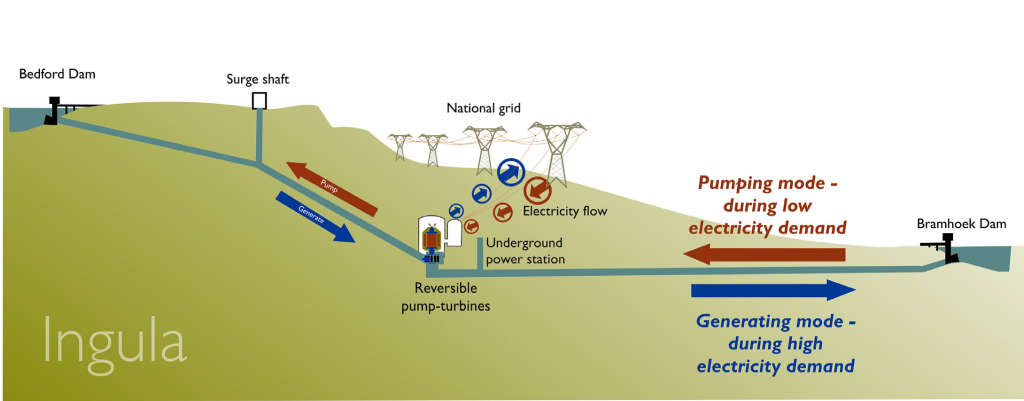Visitors Centres
Please note some of the Visitors Centres are currently closed due to operational reasons.
Please contact the specific Centre before you plan your visit.

Visitors Centres – Expanding minds since 1974
Mandate: To enhance the reputation of Eskom by promoting a positive perception of the Generation Group and goodwill towards the Eskom brand.
The visitors centres are a platform to support Eskom in communicating our strategic messages. Join the more than 40 000 people that visit our centres every year for the facts about the world of electricity.
Guided tours are conducted daily during weekdays for the general public, industry, business, NGO’s, clubs, and educational institutions. Visits include presentations in our well-equipped auditoriums and an opportunity to browse through our interactive exhibitions.
Drakensberg, Palmiet, Lethabo and Ingula offer tours of the power stations and the thrill of experiencing giant machines in action.
If you cannot visit us, we can come to you – please discuss external presentations with any of our friendly staff at the specific centre.

Please note the following:
- Availability of power station site tours may vary.
- Visitors are subject to the security and safety requirements of the power stations.
- No cameras, mobile phones or firearms are allowed.
- Anyone under the influence of drugs or alcohol will not be permitted entry.
- Visitors centres are closed on weekends and public holidays.
- Bookings are essential.
Lethabo Power Station
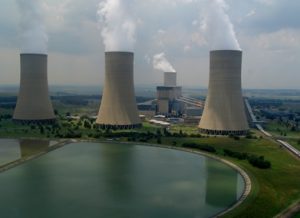
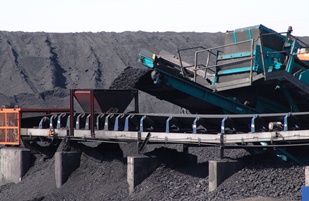
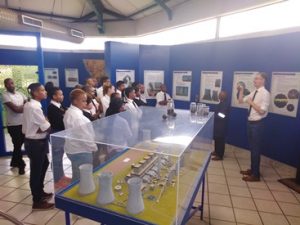
Energy source: Coal
The Setswana word ‘lethabo’, meaning good living and happiness, was aptly chosen as the name for the only Eskom power station in the Free State. Lethabo burns coal with an ash content of 42% and is the only power station in the world able to burn such low-grade coal.
The power station generates 3 708MW (6 x 618MW) of base-load electricity and is often referred to as the power giant of the Vaal Triangle.
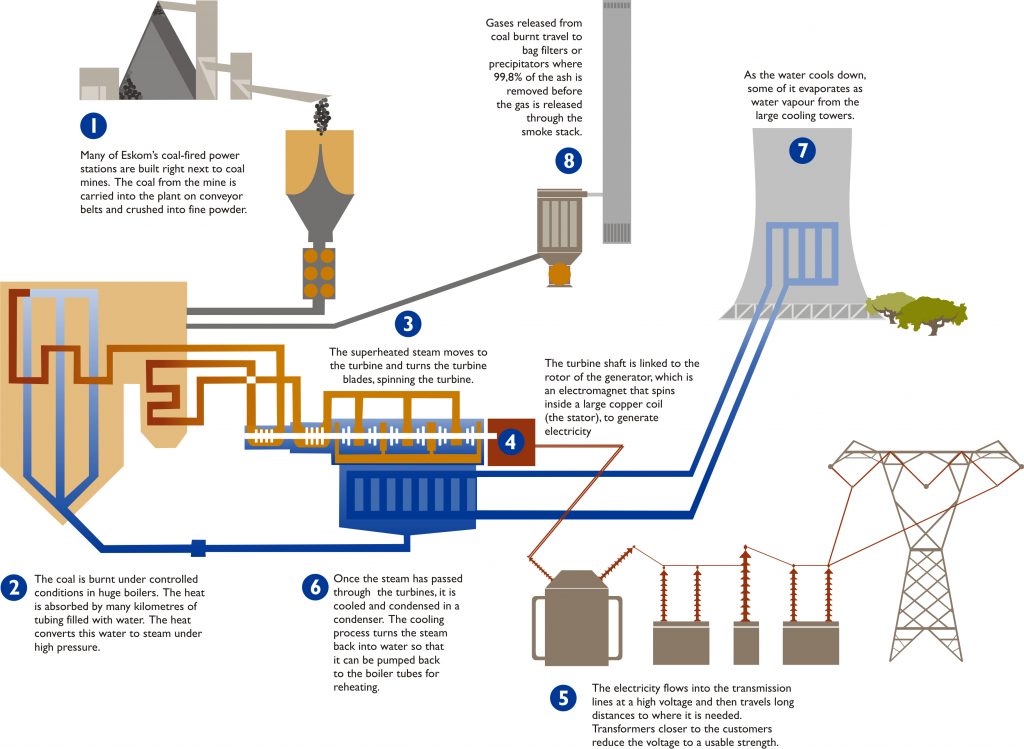
Drakensberg Pumped Storage Scheme
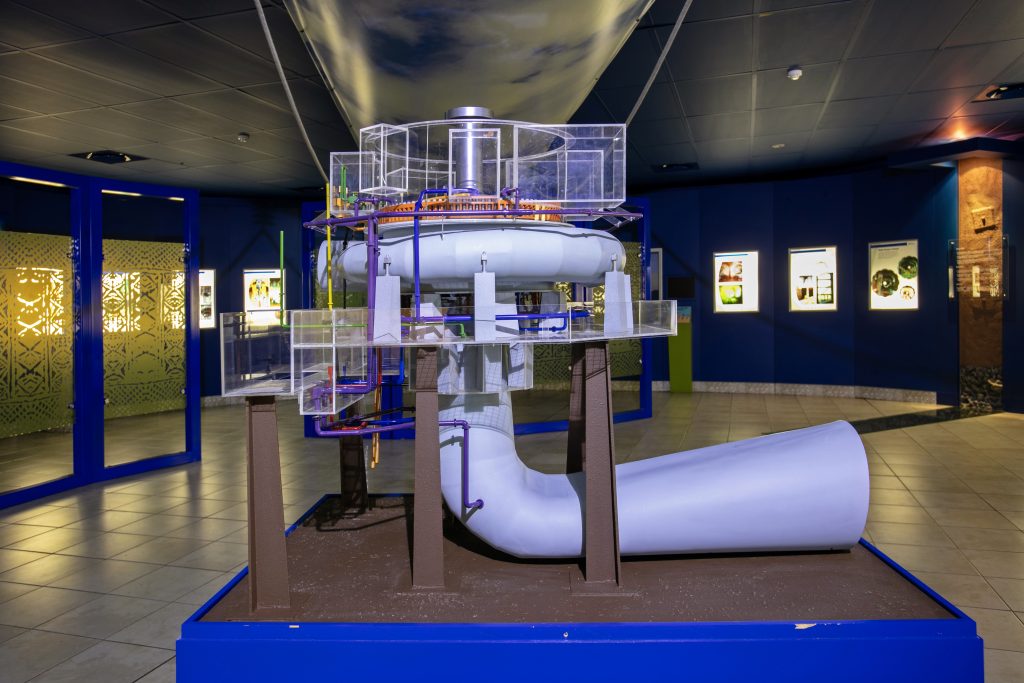
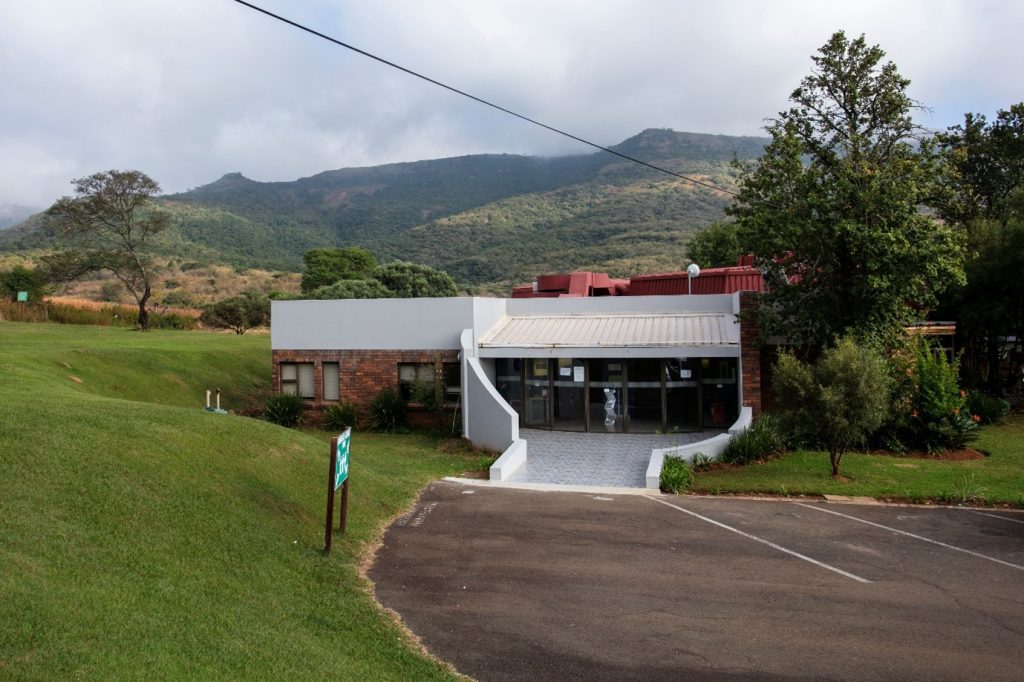
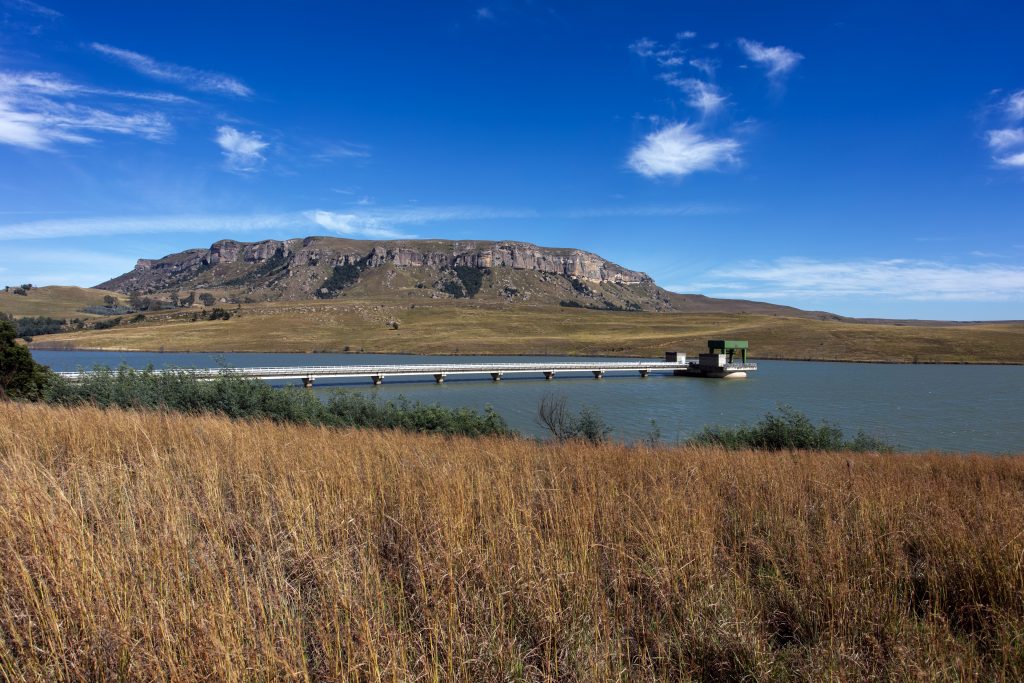
Energy source: Water
The Drakensberg Pumped Storage Scheme is situated in the picturesque Northern Drakensberg of KwaZulu-Natal.
Protection and restoration of the environment continues to be a focus area and almost all installations are underground. The four reversible pump turbines, situated 156 metres below ground level, generate 1 000MW (4 x 250MW) of electricity for the Eskom National Grid during peak periods. The scheme is also a joint venture between Eskom and the Department of Water Affairs in the transfer of water from the Tugela River to the Vaal Dam via the Sterkfontein Dam in the Free State.

Koeberg Nuclear Power Station
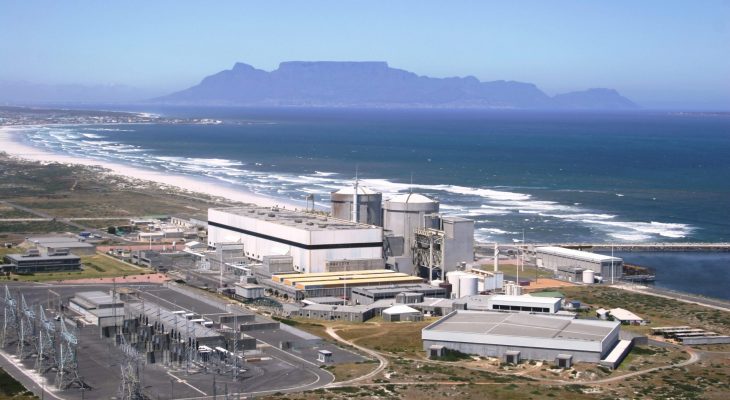
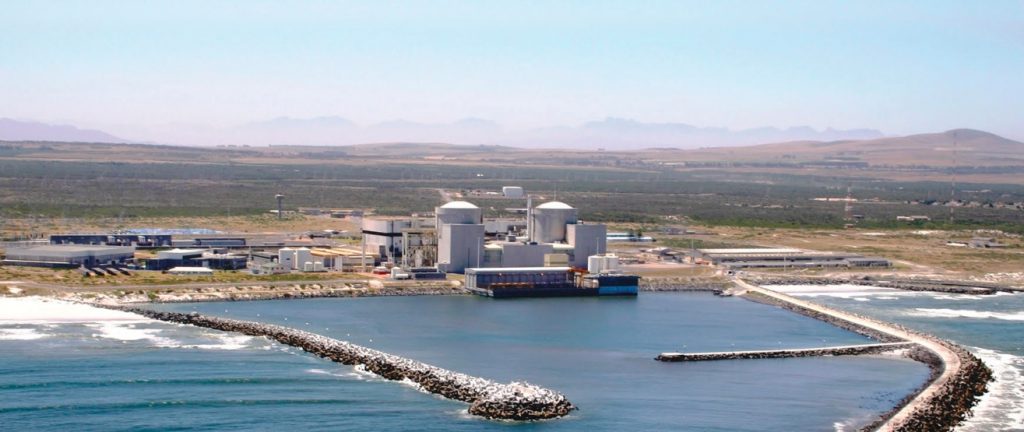
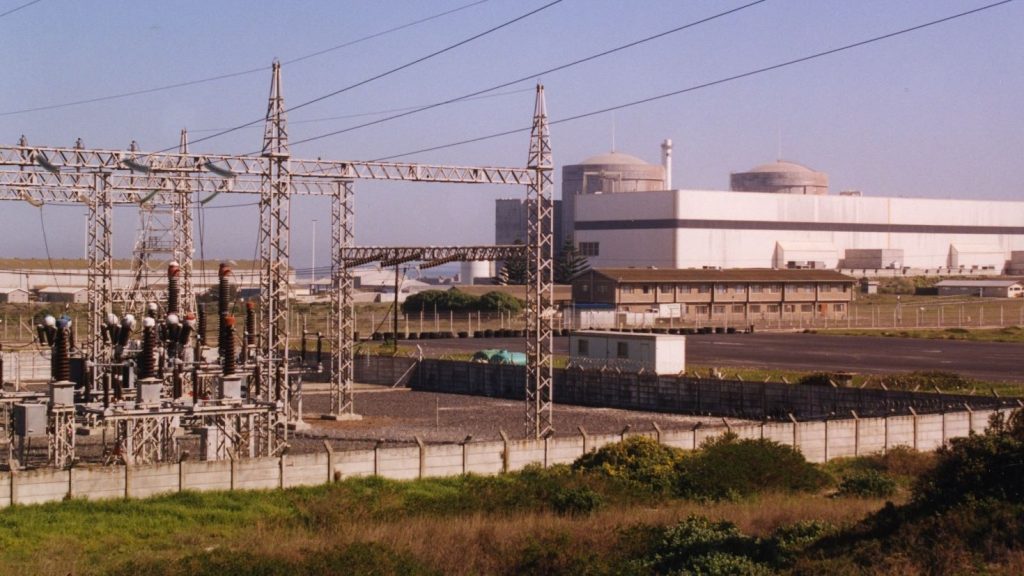
Energy source: Uranium
Africa’s first and only nuclear power station is situated on the West Coast of the Western Cape. Koeberg’s two generators have an installed capacity of 1 940MWs (2 x 970MW). It boasts the second largest turbines in the Southern Hemisphere.
At Koeberg Visitors Centre the fission process, through which clean and safe power is generated, is revealed.
Enjoy a hike along one of the two nature trails, or the cycling route, through the Koeberg Nature Reserve. The reserve is home to a variety of fauna and an abundance of flora. Entrance to the reserve is free of charge.
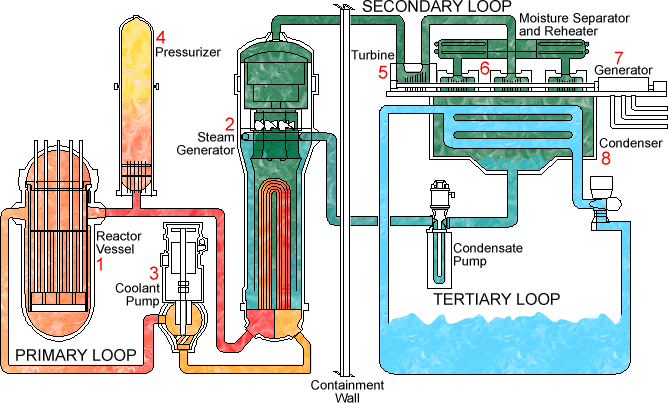
Palmiet Pumped
Storage Scheme
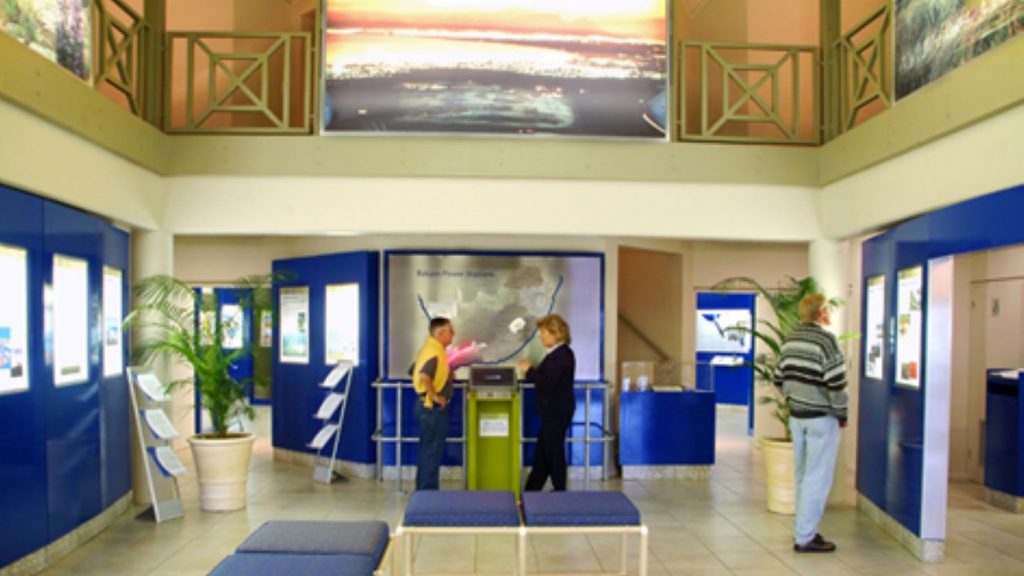
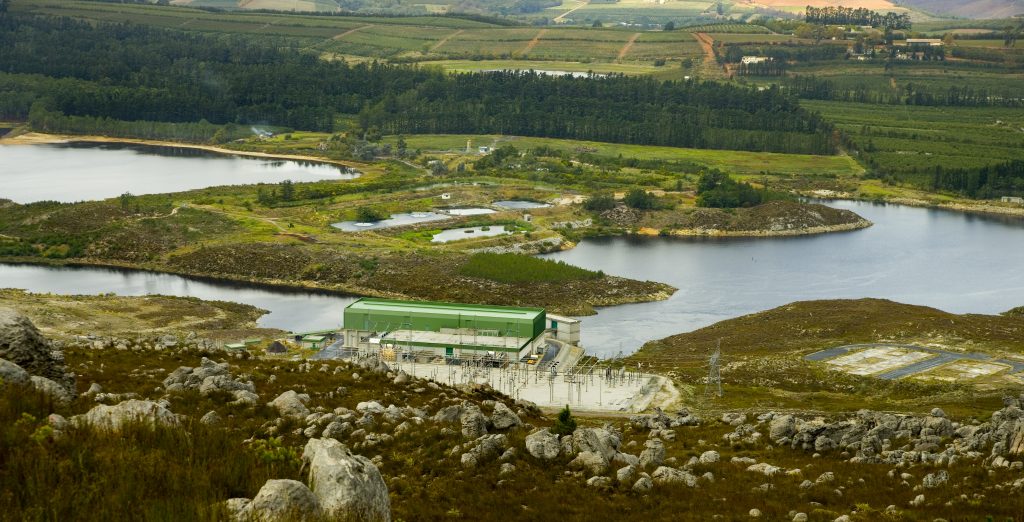
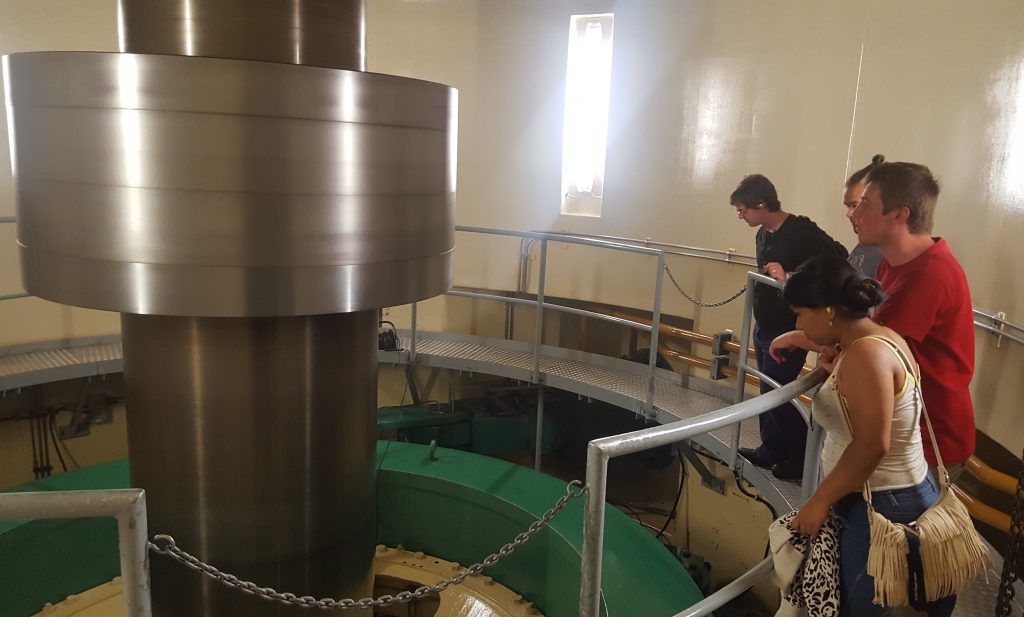
Energy source: Water
The Palmiet Pumped Storage Scheme, a joint venture between Eskom and the Department of Water Affairs, generates 400MW (2 x 200MW) electricity for the Eskom National Grid and transfers much-needed water to Cape Town. Water used to generated electricity during peak periods is pumped back to the upper storage dam at night to be used again the following day.
The power station is located in South Africa’s first biosphere reserve – the heart of the Fynbos Plant Kingdom and home of the protea.
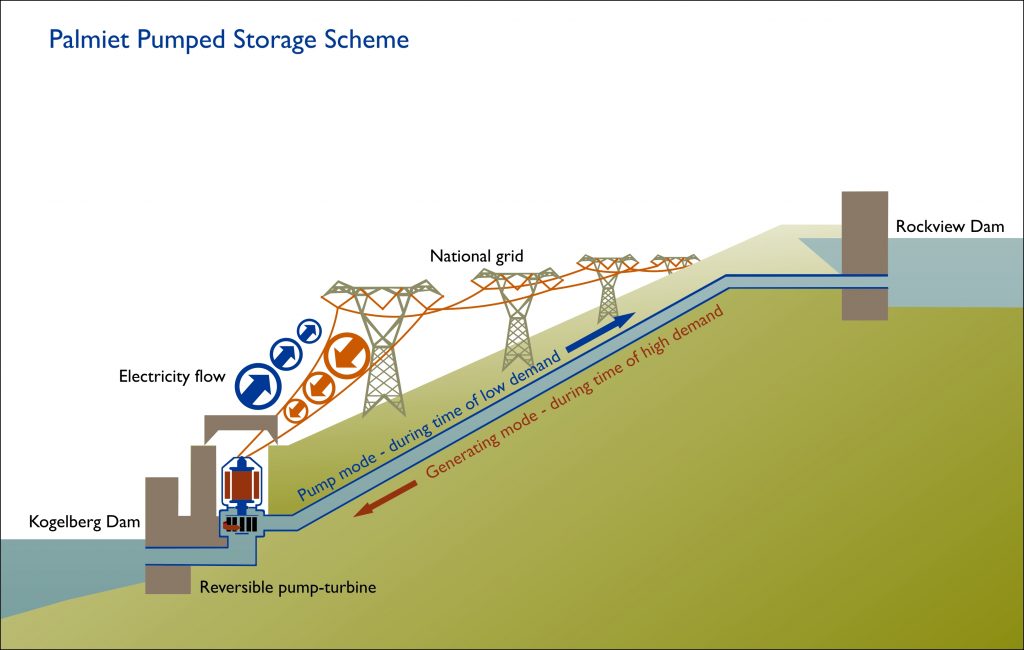
Ingula Pumped Storage
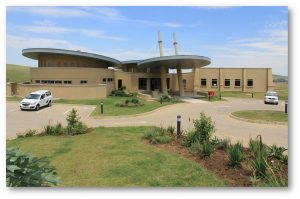
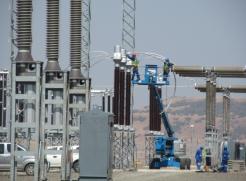
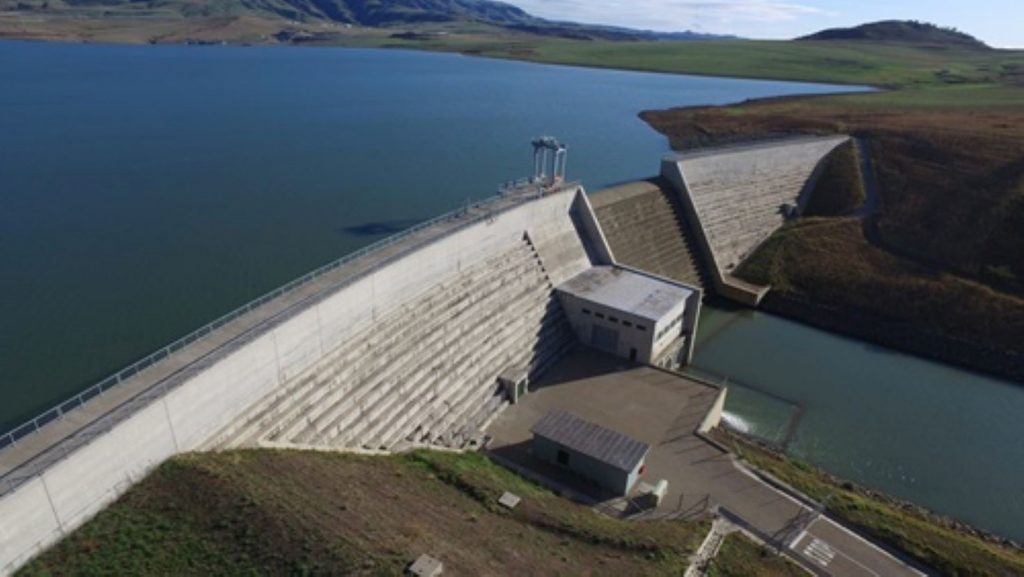
Energy source: Water
Ingula Pumped Storage Scheme has the capacity to generate 1 332MW (4 x 333MW), providing the National Grid with electricity during peak times and emergencies. The scheme consists of two dams, one at the upper site, Bedford Dam, and another below the escarpment, Bramhoek Dam. The two dams are connected by underground waterways which run through an underground powerhouse containing the four pump-turbines.
In 2018, Ingula and its associated land was formally declared as a nature reserve. The Ingula Nature Reserve is Eskom’s third nature reserve and is home to over 350 bird species, three of which are critically endangered. The area is particularly rich in biodiversity, making it a vital area for conservation.
